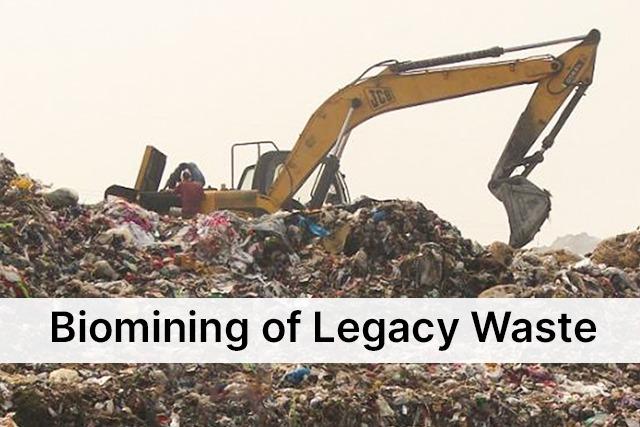The environmental challenges we face today are often rooted in the mistakes of the past. Legacy waste, a lingering consequence of historical industrial practices, poses a significant threat to ecosystems and human health. However, amidst the concerns, a ray of hope emerges in the form of bioremediation—a sustainable and nature-inspired solution to remediate contaminated sites and breathe new life into our planet.
Understanding Legacy Waste:
Legacy waste refers to the residues of past human activities that have left a lasting impact on the environment. These can include pollutants like heavy metals, pesticides, and industrial chemicals that persist in the soil and water, creating a toxic legacy for future generations. Traditional methods of waste management often fall short in addressing the complexity and persistence of these contaminants.
The Bioremediation Revolution:
Bioremediation, a cutting-edge approach gaining traction in environmental science, harnesses the power of living organisms to break down or neutralize pollutants. Microorganisms, plants, and even certain fungi have proven to be formidable allies in the battle against legacy waste. The process is both cost-effective and environmentally friendly, making it an attractive alternative to more invasive and resource-intensive methods.
Microbial Marvels:
At the heart of bioremediation are microorganisms—nature's tiny warriors. Bacteria and fungi have the remarkable ability to metabolize and transform harmful substances into less toxic or inert forms. In the case of legacy waste, microbial communities can be tailored or introduced to contaminated sites, initiating a natural cleanup process. This not only reduces the concentration of pollutants but also restores the ecological balance of the affected area.
Phytoremediation Pioneers:
Plants, too, play a crucial role in the bioremediation narrative. Through a process known as phytoremediation, certain plant species can accumulate, stabilize, and even hyperaccumulate contaminants in their tissues. This green approach is particularly effective in addressing heavy metal pollution. The roots of plants facilitate the uptake of pollutants, while the plant itself acts as a living filter. Sunflowers, for example, have been used to absorb and store heavy metals from soil, offering a botanical solution to environmental degradation.
Challenges and Considerations:
While bioremediation holds immense promise, it is not a one-size-fits-all solution. The success of these techniques depends on various factors, including the type and concentration of contaminants, site-specific conditions, and the chosen bioremediation strategy. Additionally, public awareness and regulatory support are crucial to the widespread adoption of these innovative approaches.
The Time for Action:
As we grapple with the consequences of decades of unchecked pollution, the urgency to address legacy waste has never been greater. Bioremediation offers a beacon of hope, presenting a sustainable and holistic solution to heal the wounds inflicted on our planet. Governments, industries, and communities must join hands to prioritize and invest in research, development, and implementation of bioremediation strategies.
The Future of Bioremediation:
As technology and scientific understanding advance, the potential applications of bioremediation continue to expand. Genetic engineering and synthetic biology offer exciting possibilities for enhancing the capabilities of microorganisms and plants, making them even more efficient in breaking down complex pollutants. The future holds the promise of increasingly tailored and effective bioremediation solutions.
Conclusion:
In the face of mounting environmental challenges, the adoption of sustainable and innovative solutions is imperative. Bioremediation stands as a testament to the resilience of nature and our ability to work in harmony with it. By embracing this revolutionary approach, we can not only clean up the messes of the past but also pave the way for a greener and healthier future. It's time to invest in the power of living organisms and embark on a journey towards a cleaner, more sustainable planet.
